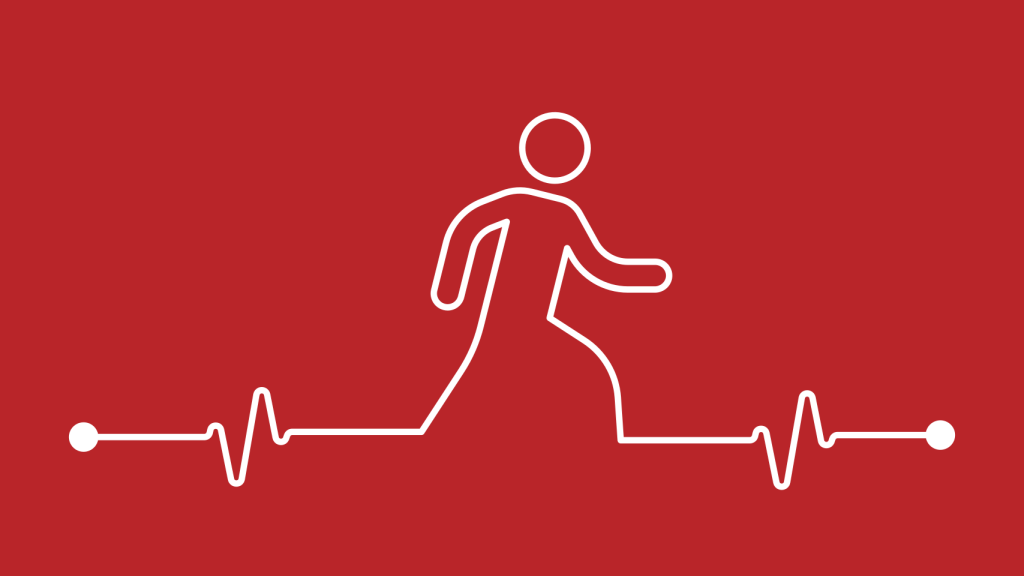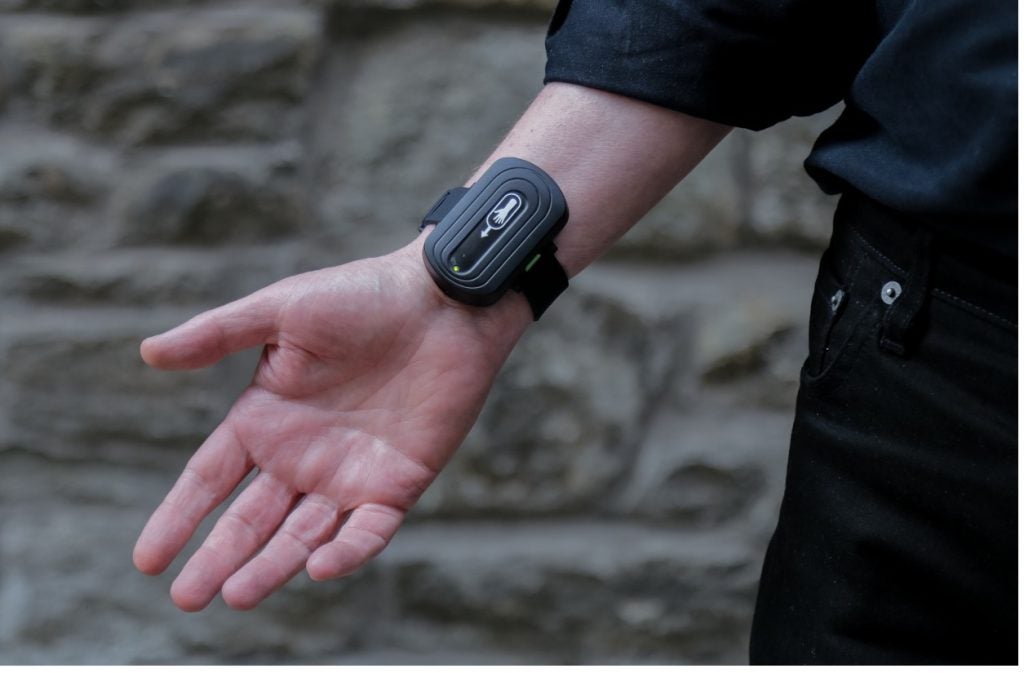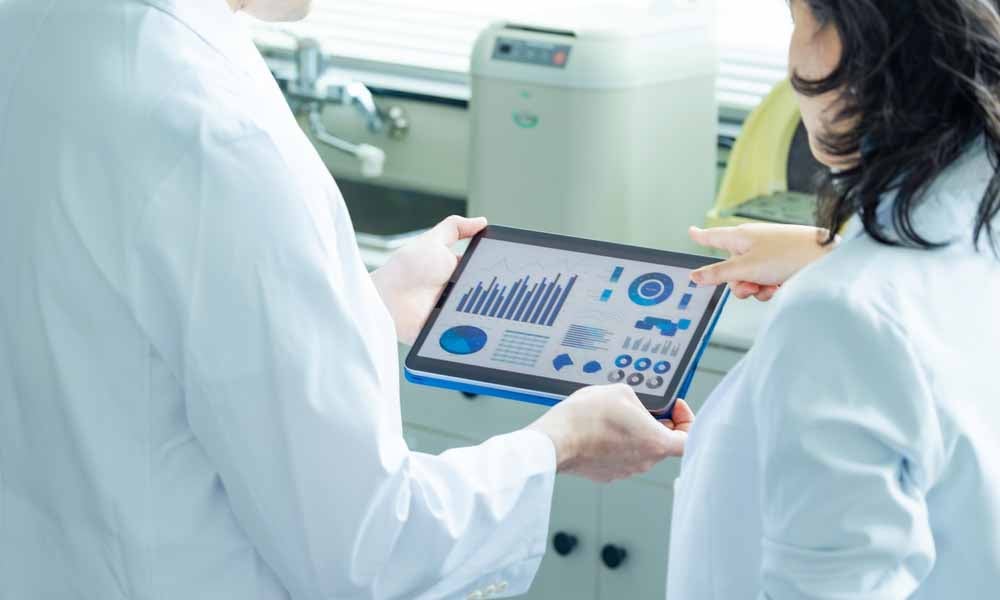Body sensors, smart watches, personal video recorders and smart glasses, also known as wearable electronics or simply wearables, have become an alternative way to recruit patients and collect real-world data for the health industry – some of the biggest challenges for the pharmaceutical industry. They can be easily worn on the body or clothes and can be used to collect data related to cardiovascular safety of drugs, heart rhythm and sleep activity through embedded biosensors. This is the case of Google’s health-tracking wristband for clinical trials, Vivofit, Google glasses or the Apple Watch. It also refers to electronic technologies like Apple’s ResearchKit, which enables the use of smartphone apps for patient recruitment and to create apps to gather new types of data using iPhone features.
Although it is still quite soon to know its full potential, wearable technology was estimated to be worth almost US$23 billion in 2016, rising to US$173.3 billion by 2020, according to the Wearable Technology, a 2015 report based on an analysis of 221 companies from 24 countries. Even though wearable product adoption is growing fast, some say engagement isn’t that strong. According to a research from Endeavour Partners in the US, one-third of American consumers who own a wearable device stop using it within six months. However, the survey only focused on devices worn throughout a whole day and did not include healthcare specific wearables like cardiac monitors or trackers designed for workout sessions like heart rate straps.
Overall, experts say that as medical technologies become more sophisticated, they can help gather more data in a faster way. So far, wearables allow for continuous monitoring and real-time responses that can facilitate early intervention to specific patients and to reduce trial risks. They also help to collect large quantities of data, to streamline procedures and to reduce costs of clinical trials.
Despite all the benefits, there are still some operational and technical challenges that need to be overcome for wearables to become a reliable source of outcomes data and thus enhance clinical trials. According to the experts, it is good to have large volumes of data, but with that comes a decreased quality in data as well, as it is challenging to turn that information into endpoints and to interpret what comes from non-controlled research environments. Also, all the data collected from a device may not always be valuable to a particular trial, so standards are needed to provide guidance.
Moreover, sponsors should know the specific purpose of why they want to use wearable devices (not just because they are pretty or trendy!) and whether they will be useful for their studies or not. Drugmakers should also determine which kind of sensor they will need – for example a consumer-grade one or a medical device – depending on the study and the type of data that they need to collect.
See Also:
It is also important to know that technology raises a lot of privacy concerns that will need to be solved to create a secure environment for patients to want to use it, especially for the transfer of information. This might also raise regulatory challenges for submitting mHealth data.
How well do you really know your competitors?
Access the most comprehensive Company Profiles on the market, powered by GlobalData. Save hours of research. Gain competitive edge.

Thank you!
Your download email will arrive shortly
Not ready to buy yet? Download a free sample
We are confident about the unique quality of our Company Profiles. However, we want you to make the most beneficial decision for your business, so we offer a free sample that you can download by submitting the below form
By GlobalDataAlso, training and support for patients will be needed in order to use these devices. Sponsors will have to understand how they will get the data off the sensor, especially from those devices that have been developed to present data to consumers or patients directly. At this point, it will be necessary to look for the right resources to be able to analyze the information collected in each particular device (i.e. algorithms).
Sponsors generally agree that there is a great opportunity for wearables to emerge as a solution for better clinical trials. However, collaboration across people in the industry, technologists, regulators and patients is very much needed to overcome the current challenges and make the most out of this type of technology as soon as possible.







